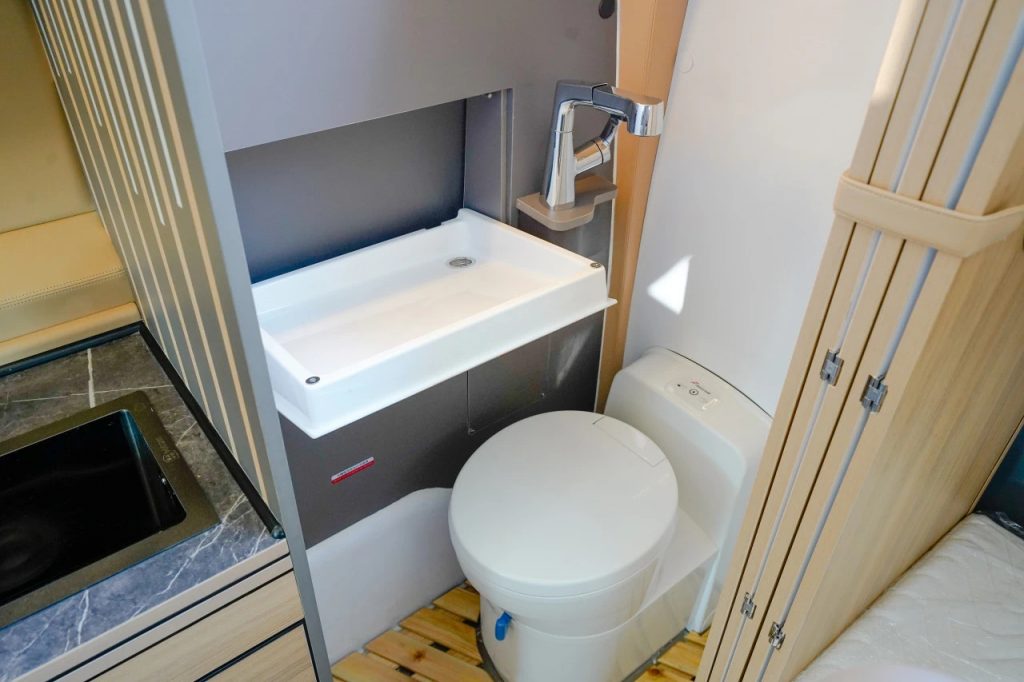Maximizing Efficiency and Safety with Truck-Mounted Cranes with High Lifting Height

Introduction
Truck-mounted cranes play a vital role in various industries by providing a mobile solution for lifting and transporting heavy loads. The ability to combine mobility with high lifting capabilities makes these cranes versatile and efficient tools for construction, utility maintenance, and many other applications. In this article, we will explore the significance of truck-mounted cranes with high lifting height, their features, benefits, applications, and the importance of safety measures when using these powerful machines.
Understanding Truck-Mounted Cranes
Truck-mounted cranes, also known as boom trucks or picker trucks, are equipped with a hydraulic crane mounted on a truck chassis. This design allows the crane to be easily transported to different job sites without the need for separate transportation equipment. One of the key features of truck-mounted cranes is their high lifting height, which enables them to reach elevated work areas, rooftops, and other challenging locations.
High Lifting Height Capabilities
Truck-mounted cranes with high lifting height are designed to handle heavy loads at significant elevations. These cranes are equipped with telescopic booms that can extend to reach tall structures or lift materials to upper levels on construction sites. The lifting height of these cranes can vary depending on the model and configuration, with some models capable of reaching heights of over 200 feet or more.
Benefits of High Lifting Height
The ability to lift loads to great heights offers several advantages in various industries. For construction projects, truck-mounted cranes with high lifting height can help in erecting steel structures, placing heavy materials on rooftops, and facilitating the installation of HVAC systems. In utility maintenance, these cranes can assist in repairing power lines, installing transformers, and performing maintenance work on telecommunication towers.
Furthermore, the high lifting height of these cranes allows for increased reach and flexibility, reducing the need for additional equipment such as scaffolding or aerial platforms. This not only saves time and labor costs but also enhances overall project efficiency. The versatility of truck-mounted cranes with high lifting height makes them indispensable tools for handling complex lifting tasks in a wide range of industries.
Applications of Truck-Mounted Cranes with High Lifting Height
Truck-mounted cranes with high lifting height find applications in various industries due to their versatility and mobility. Some common applications include:
1. Construction: Truck-mounted cranes are essential for lifting heavy materials such as steel beams, concrete panels, and equipment to elevated construction sites. The high lifting height of these cranes allows for efficient building construction and installation of structural components.
2. Utility Maintenance: In the utility sector, truck-mounted cranes are used for repairing power lines, installing transformers, and performing maintenance work on utility poles. The ability to reach high elevations makes these cranes ideal for working on overhead infrastructure.
3. Telecommunications: Truck-mounted cranes play a crucial role in the installation and maintenance of telecommunication towers and antennas. The high lifting height of these cranes enables technicians to access elevated equipment and perform necessary repairs or upgrades.
4. Tree Care and Landscaping: Arborists and landscapers utilize truck-mounted cranes for tree care, pruning, and removing large tree branches. clw truck lifting height of these cranes allows for precise and safe tree maintenance operations.
5. Disaster Response: During emergency situations such as natural disasters, truck-mounted cranes with high lifting height are used for debris removal, rescuing trapped individuals, and providing support for emergency response teams.
Safety Measures for Operating Truck-Mounted Cranes
While truck-mounted cranes with high lifting height offer numerous benefits, it is crucial to prioritize safety when operating these powerful machines. Here are some essential safety measures to consider:
1. Operator Training: Ensure that operators are properly trained and certified to operate truck-mounted cranes. Training should cover crane operation, load capacity limits, hand signals, and emergency procedures.
2. Inspections and Maintenance: Regularly inspect the crane for any signs of wear, damage, or malfunction. Perform routine maintenance checks on the hydraulic system, boom structure, and safety devices to ensure proper functioning.

3. Load Capacity Awareness: Be aware of the crane's load capacity limits and never exceed them. Overloading the crane can lead to stability issues, structural damage, and potential accidents.
4. Ground Stability: Always set up the crane on stable and level ground to prevent tipping or instability during lifting operations. Use proper outriggers or stabilizers to enhance the crane's stability.
5. Clear Communication: Maintain clear communication between the crane operator, signal person, and ground crew to ensure safe lifting operations. Establish and follow standardized hand signals to relay commands effectively.
6. Avoiding Power Lines: Be aware of overhead power lines and maintain a safe distance to prevent contact with the crane's boom or load. Use proximity alarms or spotters to alert operators of nearby power lines.
7. Weather Conditions: Monitor weather conditions and avoid operating the crane during high winds, thunderstorms, or other adverse weather conditions. Adverse weather can affect crane stability and pose safety risks.
Conclusion
Truck-mounted cranes with high lifting height are valuable assets in various industries, offering mobility, versatility, and efficiency in lifting operations. The ability to reach significant elevations makes these cranes essential for handling complex lifting tasks in construction, utility maintenance, telecommunications, tree care, and disaster response. However, safety should always be a top priority when operating truck-mounted cranes to prevent accidents, injuries, and equipment damage. By following proper safety measures, conducting regular inspections, and providing operator training, these powerful machines can be used effectively and safely to maximize productivity and ensure successful lifting operations.
